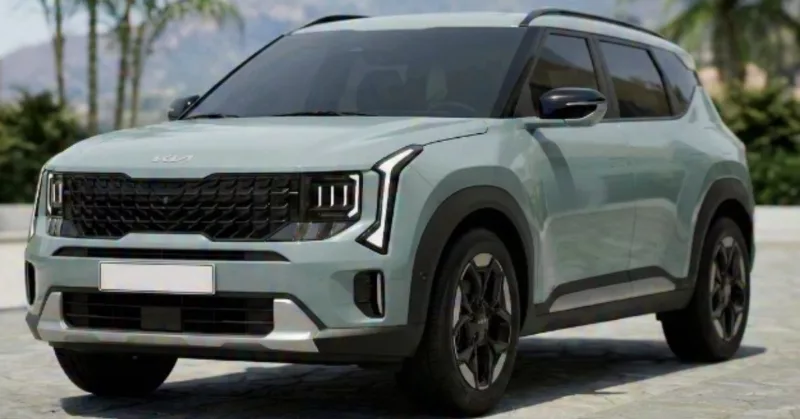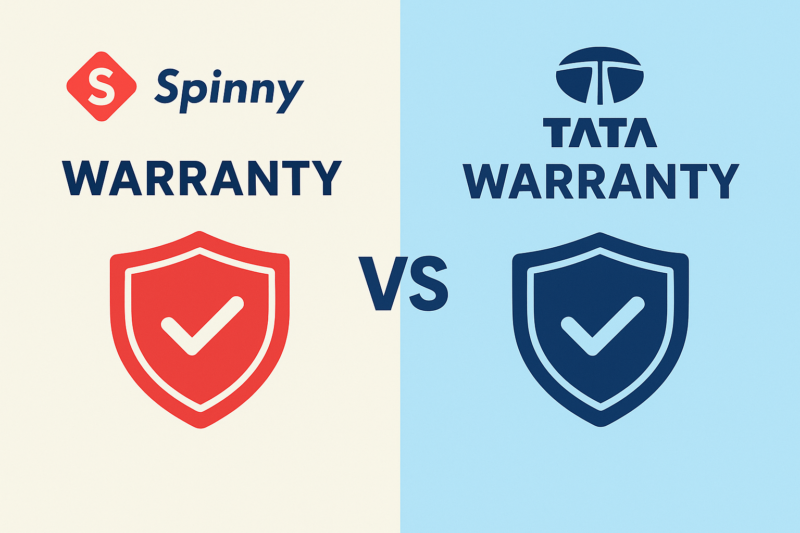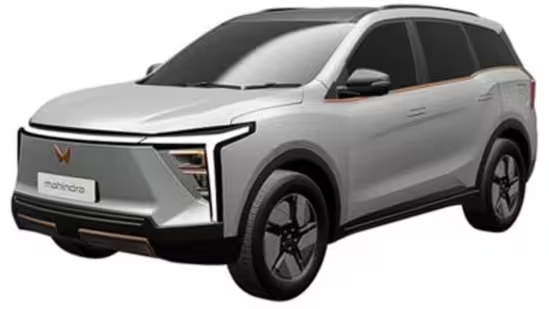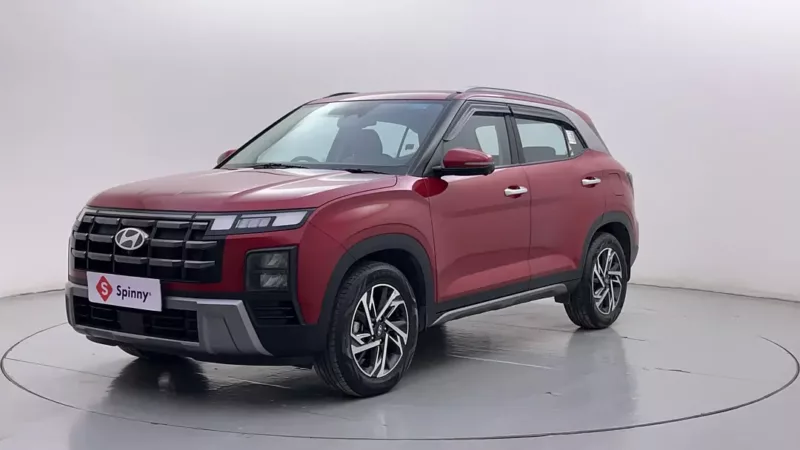Traffic signals in India play an integral role in the regulation of traffic and road safety. They guide vehicle owners when they must stop, which turn is safe to take, and also when they must allow pedestrians to cross the road. It is safe to assume that without traffic signals our roads would descend into anarchy and total chaos would ensue.
For this reason, driving license applicants have to demonstrate a thorough understanding of traffic signals and rules in order to pass the driving test. However, to ensure everyone’s safety, each one of us should acquaint ourselves with this knowledge.
The Evolution of Traffic Signals in India
The very first traffic lights in India were installed back in 1928 in Kolkata (formerly Calcutta) at the intersection of Dalhousie Square and Esplanade. The other metro cities followed this trend, and by the 1950s, most of them had traffic lights installed.
With the increasing traffic on the road, India has witnessed a significant shift from basic pre-timed signals to advanced adaptive traffic control systems. Today, there are more than 990 traffic signals in Delhi, 660 in Mumbai, and 312 in Chennai, and their numbers are constantly growing. There has been a 33% rise in traffic signals over the last five years in Bengaluru.
The continuously growing traffic in India necessitates traffic signals to keep getting better in order to handle the growing number of vehicles on the road. We can’t deny that traffic lights play a pivotal role in our lives as we grapple with daily traffic to commute to work, drop off kids at their school, or run errands.
The continuously growing traffic in India necessitates traffic signals to keep getting better in order to handle the growing number of vehicles on the road. As we embrace newer technologies, India has now come up with the Intelligent Traffic Management System. This cutting-edge platform is helping boost traffic efficiency while minimizing congestion on roads. It also uses cameras and sensors to gather data about traffic conditions, analyzes it thoroughly, and then devises methods to regulate traffic signals.
Pedestrian Signals and Their Importance
Pedestrian signals are specifically designed in the form of a WALK or DON’T WALK symbol, and used in synchronization with traffic lights.
Arrow Signals
These pedestrian rules are used for controlling specific traffic movements. For example, it could be directing you to turn left or right. The signals are used when the traffic in a certain direction has to be restricted.
Flashing Lights
These are used at intersections where the traffic volume is low (often during the early morning or late night) or as warnings of dangers ahead. The flashing traffic lights are red or yellow. These pedestrian rules can alert drivers of people crossing the road ahead so they can slow down or stop. This significantly minimizes the possibility of accidents, especially in areas where traffic is high.
Traffic Signal Rules at Intersections
One has to be careful at the intersections, as they are usually the busiest parts of the roads. There are some clear rules set by the Ministry of Road Transport and Highways (MoRTH) to follow in regard to traffic lights. There are three important types of traffic lights used in India. It includes:
- Mandatory Signs: Mandatory signs are those that control and guarantee the efficient flow of traffic and prevent collisions. These traffic signs ensure that drivers abide by the instructions and infractions are penalized by law.
- Cautionary Signs: There are a total of 40 additional cautionary traffic signs that have been used by the Ministry of Road Transport and Highways. These signs alert drivers in advance of possible hazards.
- Informative Signs: These lights let drivers know where they are going, how far they are, where there are gas stations, and other details. These are frequently shown with blue backgrounds.
Red Light
- A red light means you have to stop your vehicle at the signal right away without further delay, or it might lead to an exorbitant fine.
- A version of the red light is the red arrow, which limits traffic flow in a certain direction. For instance, if the left arrow is red, it means drivers wishing to turn left must stop at the red right.
- Flashing red lights indicates you have to look out for vehicles or oncoming traffic and then move ahead.
Yellow Light
- A yellow light at the signal appears just before the red light, so vehicles have to slow down. If you cross the intersection just as the yellow light turns on, it is best to keep driving so oncoming traffic isn’t affected.
- A flashing yellow light indicates that drivers should slow down immediately before moving on. It is basically a way to warn them to stay alert.
Green Light
- Green traffic lights mean drivers can move ahead, but they should still exercise caution in order to maintain the safety of pedestrians or other motorists.
- A green arrow means vehicles are allowed to move in a specific direction. It is used at junctions where the traffic is partially stopped while some vehicles are maneuvered in another direction.
Traffic Signal Synchronization in Cities
In cities, the volume of traffic is much higher, so traffic light synchronization is a must. It is an engineering technique that matches the green light times for a series of intersections, so the maximum number of vehicles can pass through. It greatly minimizes delays and stops for drivers, while ensuring smooth flow of traffic.
How Does it Work?
Traffic signal synchronization is implemented by calculating the arrival time for a group of vehicles at each junction while they follow the same speed. Traffic lights are timed to turn green just as they arrive at each intersection. The group of signals has to be set to run on the same cycle length, which is the time taken for the light to turn from green to yellow to red and back to green.
What are the Benefits of Signal Synchronization?
- Minimizes wait times for drivers, which can be frustrating, especially if there is no traffic coming from other directions. The green time is calculated based on traffic volumes, so the signals are adjusted accordingly.
- Reduces congestion and improves traffic flow, which is a big help for emergency vehicles.
- Helps save fuel, as you don’t have to brake at green lights at every other junction.
- Reduces harmful emissions and keeps the air clean.
- Boosts road safety while reducing accidents. Drivers adhere better to speed limits this way.
Penalties for Traffic Signal Violations
Driving signal violations occur when someone tries to jump a red light and keeps moving ahead. The punishment for ignoring a red light can include either one or all of the penalties listed below:
- Fines of up to Rs. 1000 depending upon the vehicle you are driving, the validity of the driving license, which state you are in, etc.
- Driving license being revoked.
- Prison time of up to 6 months.
The Role of Traffic Police in Enforcing Signal Rules
The traffic police have a very important job of keeping the roads safe for everyone, be it elderly people crossing the road or commercial vehicles with heavy-duty equipment coming through. The key roles of traffic police in enforcing signal rules are as follows:
- Traffic Regulation and Control: The key role of traffic police in India is to manage traffic signals and intersections. It also involves implementing road safety measures to ensure smooth traffic during peak hours and special events.
- Enforcement of Traffic Laws: Traffic police are responsible for monitoring and enforcing traffic rules. They issue fines and penalties every time a driver commits a traffic violation.
- Accident Management: The role of traffic police also involves giving prompt responses to every road accident. They follow up with the investigation of traffic accidents. In case there is a medical emergency, they also coordinate with emergency services.
- Enforcing Speed Limit: They enforce speed limits for drivers to ensure the safety of passengers in the vehicles, along with pedestrians.
- Minimizing Confusion: Traffic police ensure there is minimal confusion in regards to traffic lights, so both drivers and pedestrians know when to stop, and when to start moving again. It helps prevent accidents and damage to vehicles.
How Traffic Signals Impact Road Safety
Traffic rules are essential for maintaining road safety and preventing fatalities. Here is how traffic signals impact road safety:
- Mitigate Traffic: Efficient traffic signals that are properly timed greatly reduce congestion. It helps coordinate vehicle movement and avoid traffic jams, which enhances traffic flow and reduces travel times.
- Safety of Pedestrians: Traffic signals indicate clearly when it is safe for pedestrians to cross, thus minimizing accidents.
- Parking Regulations: Signs provide information to drivers about whether parking is allowed or prohibited in certain areas.
- Sending Alerts: The traffic signals act as warnings by alerting drivers to dangers ahead, like construction zones, sharp curves, bad road conditions, or pedestrian crossings.
- Preventing Accidents: Clear instructions during bad weather or high-volume traffic can help drivers anticipate and avoid potential danger.
- Navigation: Signals help drivers traverse routes properly so they arrive at destinations on time.
- Road Discipline: Traffic rules must be followed as they instill a sense of discipline among both drivers and pedestrians, especially in areas like schools and hospitals.
Special Traffic Signals for Emergency Vehicles
Emergency vehicles can’t afford to stop at every red light because a few seconds could mean the difference between life and death. These vehicles have the right of way over other automobiles. They use a siren and multi-colored lights to indicate their presence.
Ambulances in India are being equipped with emergency vehicle sensors that can react to traffic lights and turn them green. Road signals automatically switch to green for emergency vehicles while turning red for others in order to make them stop. There are traffic signs that clearly indicate that a certain area is for emergency vehicles only.
Tips for Following Traffic Signals Safely
At times, following traffic rules can feel a bit overwhelming, so here are some tips to make it more convenient:
- Avoid jumping red lights, even if there is no oncoming traffic. Be careful when the yellow light turns on, and avoid speeding.
- You must be careful when driving near pedestrians and slow down at zebra crossings.
- Maintain lane discipline so you can follow traffic signals accurately. Avoid overtaking vehicles from the wrong side. When changing lanes or taking turns, flash indicators so motorists and pedestrians know about your movements.
- Keep an eye on arrow signals to follow particular traffic movements.
- Stay alert when it comes to other vehicles while driving through intersections, as it helps prevent collisions.
- For pedestrians, please follow the traffic signals that indicate it is safe for you to cross the road.
Summary
According to the Society of Indian Automobile Manufacturers, the sale of passenger vehicles soared from 30,69,523 to 38,90,114 in 2023. This clearly shows that an increasing number of vehicles are being driven on Indian roads daily. Following traffic rules stringently not only reduces the number of accidents but also increases overall safety on the road. This is why you must understand the meaning of all traffic signs and symbols used on Indian roads.
FAQ’s
Q. What is a yield sign?
This sign is in the form of a triangle that points downwards. If you spot one of these at a junction, slow down and drive carefully. In case the red light is on when you see the yield sign, just slow down and let others pass.
Q. How are traffic signals operated?
These lights can be operated via software, which means complete automation when it comes to lights turning green, yellow, and red, or even manually by traffic police, depending upon the type of signal.
Q. What are the basic rules of road safety?
The three simple traffic rules are stop, pause, and go, with each color of traffic light guiding you through.
Q. Can pedestrians cross during a yellow light?
As per pedestrian rules, it isn’t advisable to cross during a yellow light. It is best to wait for the red light to turn on or check the sign that indicates pedestrians can start walking.
Q. What happens if you violate traffic rules in India?
Apart from the risk of causing road accidents, you might have to pay hefty fines or go to prison for up to 6 months, depending upon the severity of your offense. At times, your driving license could be revoked.




